Report: New iPad already accounts for over 6% of all Apple tablets
Chitika Insights found that over the past 24 hours, the third-generation iPad's U.S. internet traffic presence has grown to some 6.6 percent of all iPad models, with the original iPad and 2011 iPad 2 taking the remaining 93.4 percent share.
The report, which is the result of data gathering regarding device and browser usage patterns, saw the new iPad steadily increase its share since it was released on March 16. Traffic share fluctuated from a reported 5 percent the day after launch to a high of 9.9 percent on Tuesday.
Peak usage times for Apple's new tablet occur between 0600 and 0900 UTC, or 2 am to 5 am EDT and 10 pm to midnight PST. This data is somewhat skewed in that the a high percentage of new iPads are being used on the west coast compared to cities like New York.
Currently, Nevada has the highest concentration of Apple's new tablet with 7.2 percent, followed by California, Connecticut and Washington with 6.9 percent, 6.7 percent and 6.6 percent, respectively. Arkansas is at the bottom of the list with a 4 percent share while 17 states didn't have a sample size large enough to provide an accurate reading.
The report is not to be mistaken for iPad adoption rate, though the numbers jibe with Apple's announcement that it sold 3 million units over the launch weekend.
The new iPad's adoption rate is unclear, as Chitika's report only takes U.S. traffic into account, however it can be assumed that the numbers are somewhat indicative of other markets in which the tablet is popular.
As part of its fastest international iPad rollout ever, Apple launched the tablet on Friday in Austria, Belgium, Bulgaria, Czech Republic, Denmark, Finland, Greece, Hungary, Iceland, Ireland, Italy, Liechtenstein, Luxembourg, Macau, Mexico, The Netherlands, New Zealand, Norway, Poland, Portugal, Romania, Slovakia, Slovenia, Spain and Sweden.
 AppleInsider Staff
AppleInsider Staff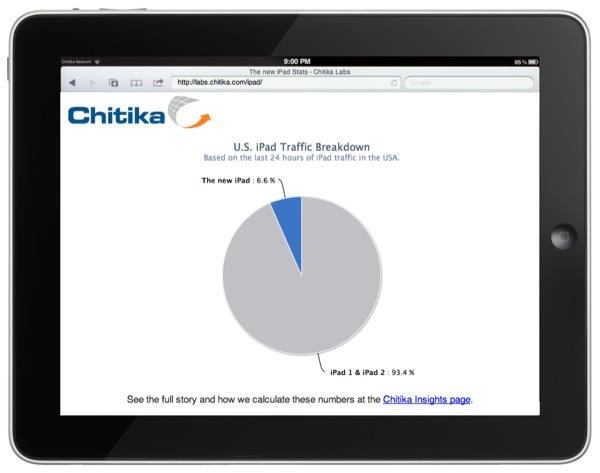

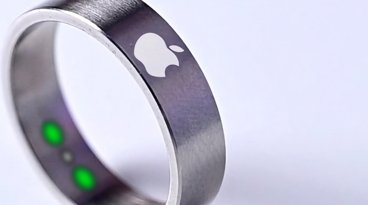
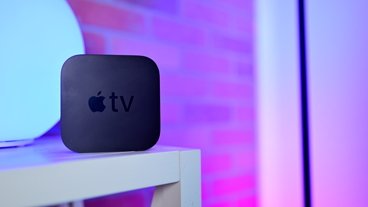

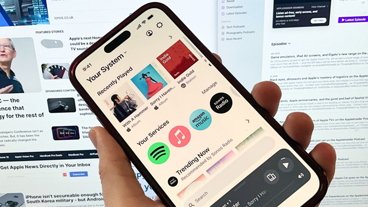
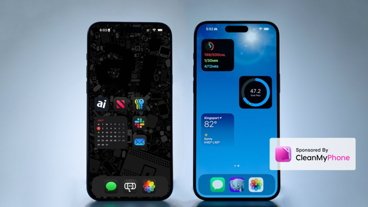

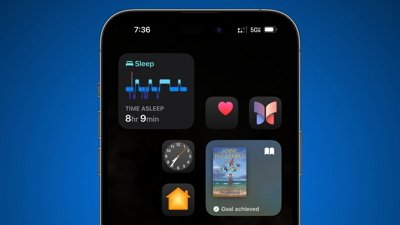
 Amber Neely
Amber Neely
 Thomas Sibilly
Thomas Sibilly

 William Gallagher
William Gallagher
 Malcolm Owen
Malcolm Owen
 Christine McKee
Christine McKee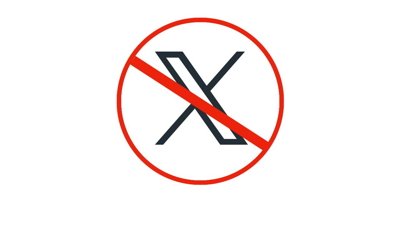
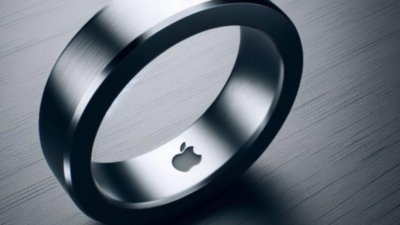



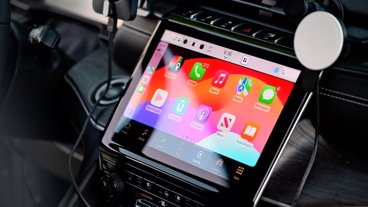
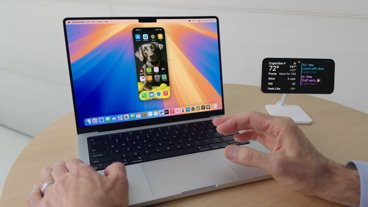

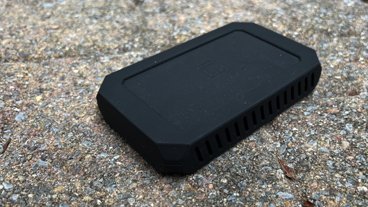
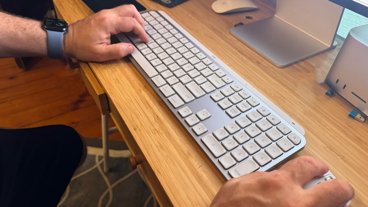

16 Comments
Ah, doesn't matter. Samsung ship–oh, excuse me, sold–x,x00,000 tablets and is clearly on the way to dominance. And with a million Android activations a day, there's no way Apple can compete. Look, they're just cannibalizing themselves right there.
I suppose that's sufficiently wrong to be humorous.
Analysts are still disappointed.
It drives me nuts when they post meaningless figures like this.
Obviously, someone with a new tablet is likely to access the internet more than an established tablet. Downloading new apps, trying it out, etc.
So this tell you exactly nothing about adoption rates.
Apple should be scared. Sometime in the distant future Microsoft's elephant will go into labor and give birth to a Win8 tablet. This tablet, should it be a live birth, will breath life into the undead souls languishing in a state of hell where they are daily forced to walk among the living brandishing Apple products of incredible quality, performance and easy use.
The undead cry out for succor. Where are the Windows computers with their glorious C prompts and arcane error messages? Why were they banished to the dank basements of struggling mothers who birthed now-aged unemployed unmarried sons.
Soon. Perhaps even next year, Microsoft will deliver these tormented souls from their hell where no drives need formating or defraging, no permissions need to be repaired, no drivers need installing. Once again high-carb users will wollow among high-maintenance tablets, phones and computers requiring larger IT departments and budgets. Life will once again return to MIS departments and the geek world will once again be in balance.
Ramen
The new iPad has an incredible penetration rate. And when you add the iPad 2 in to the mix, which is still being sold of course, we now have a case of double penetration, with numbers that are off the charts. By the end of 2012, Apple will have passed well over 100 million iPads sold.
If this were a porno flick, then Apple would have the starring role in a reverse gangbang with 100 hot chicks, while Android would be starring in some movie about an angry impotent midget who just can't seem to get it up, no matter what they try.